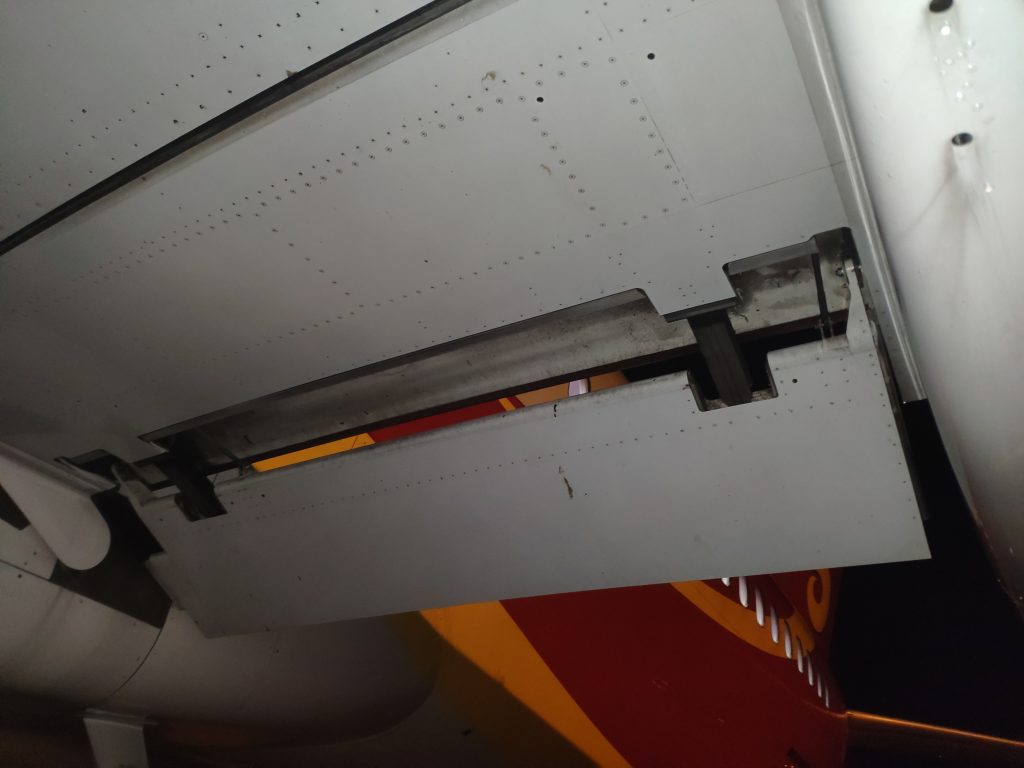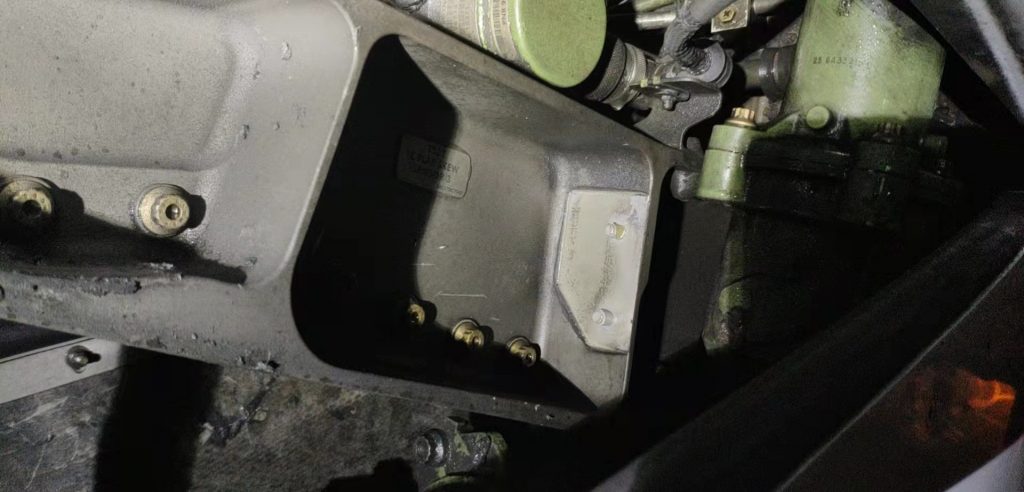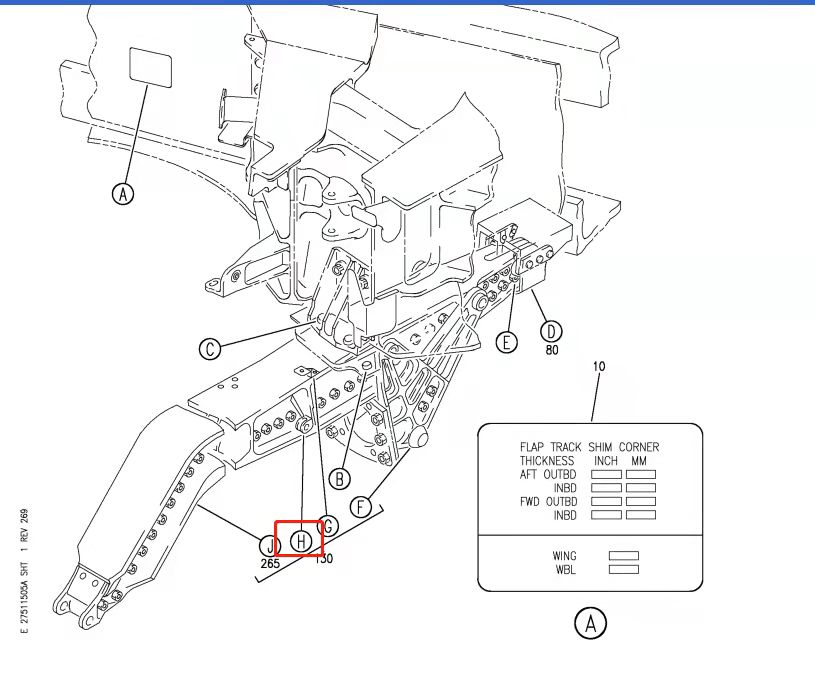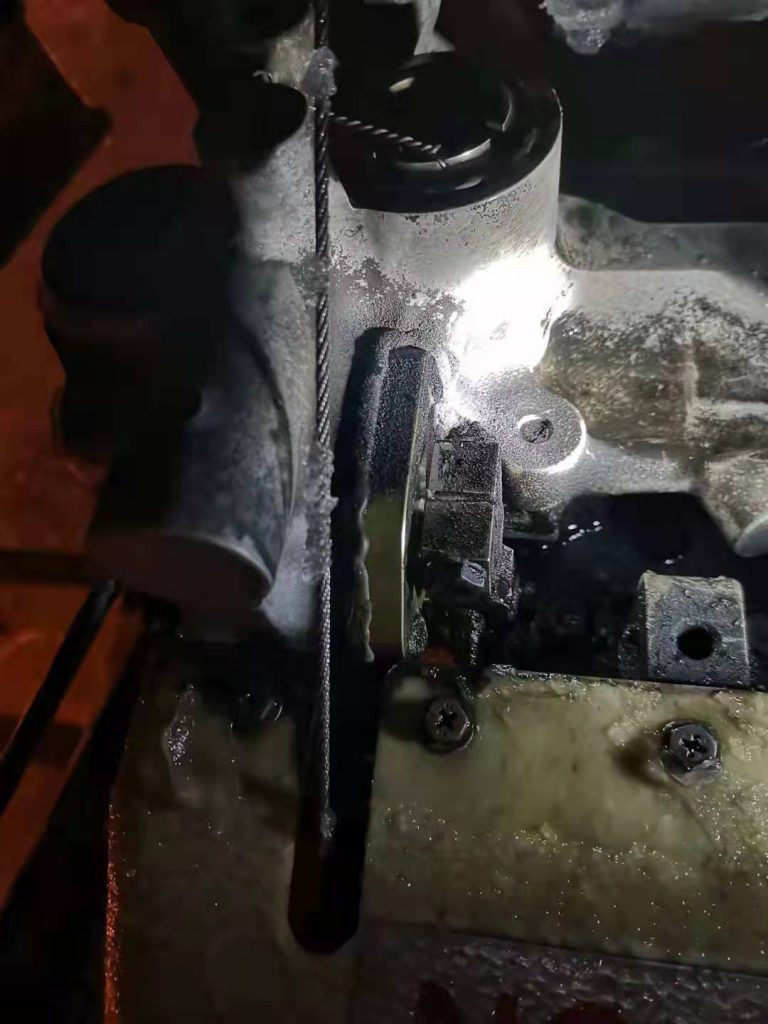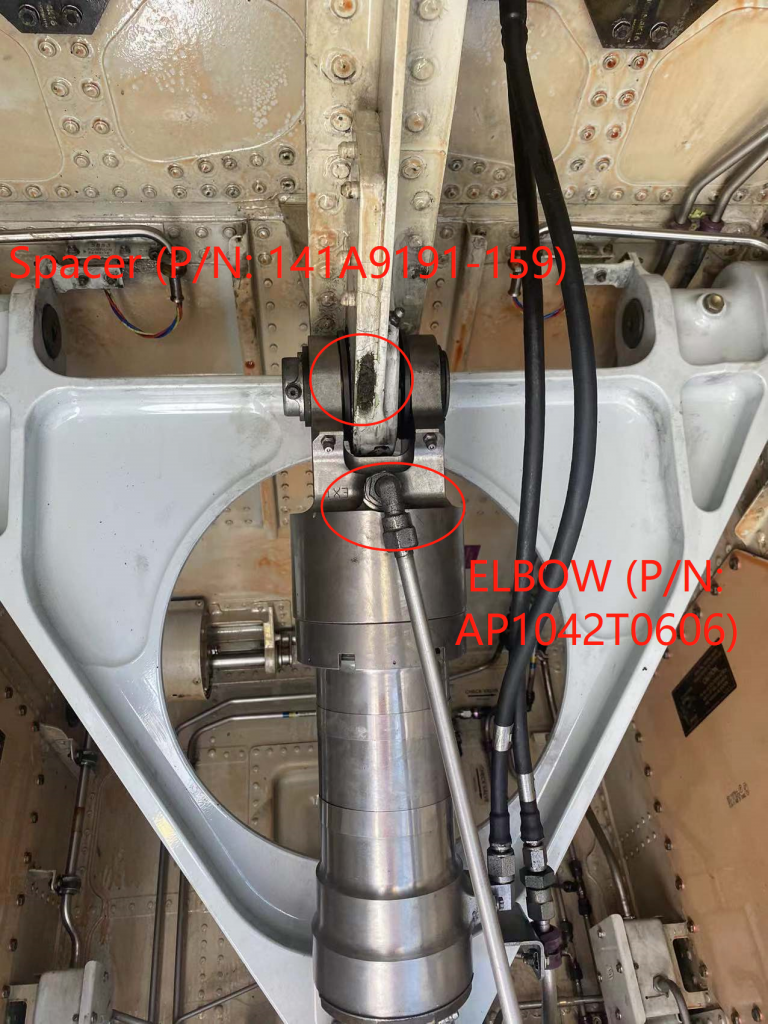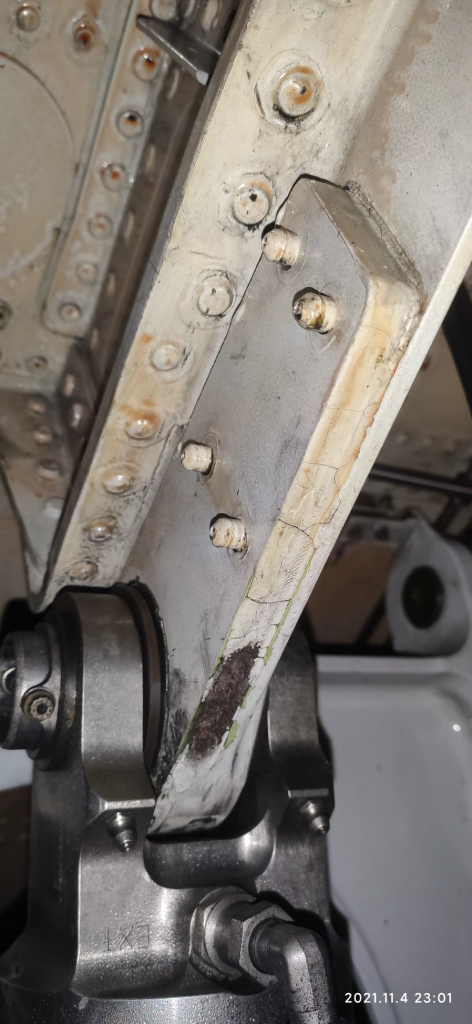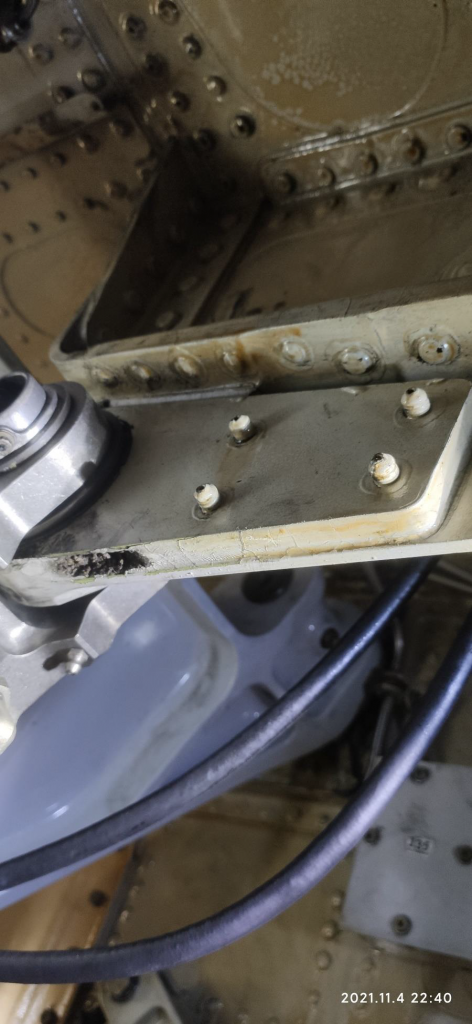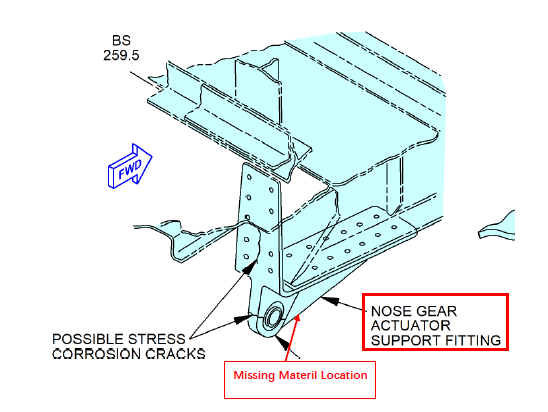SR 4-5065781821
Q1: What is meaning of the ENGINE OUT CLIMB page?
R1: The CLB page is one of three pages which are dedicated to the display of performance information specific to a particular phase of flight. This page can be displayed regardless of the selected speed mode used for the climb phase. The six climb modes consist of: ECON, MAX RATE, MAX ANGLE, ENG OUT, RTA and selected speed mode. During engine out climb (ENG OUT CLB) conditions, the FMCS displays the maximum altitude capability and optimum airspeed based on maximum continuous thrust, engine out climb speed and current gross weight. The ENG OUT mode is advisory only and cannot be coupled to the Digital Flight Control System (DFCS). ECON is the default mode, but the others are selected from CLB page prompts or by manual entry of a speed schedule.
Q2: Whether ENGINE OUT CLIMB page is caused by the EEC internal fault?
R2: The FMC will detect an engine out condition using a bit from the FCC (or the auto-throttle (A/T) computer if installed). If the EEC fails such that it appears to the A/T there is an engine out condition, then the ENGINE OUT CLIMB page could display.
The FMC determines engine out by monitoring the engine running bits. The EEC will set these bits to “Engine On” at 50% or greater N2. These bits are set to indicate “Engine Off” at less than 50% N2, or when the left and right TLA differ by more than 52 degrees.
Q3: Which faults or messages can cause ENGINE OUT CLIMB page to show?
R3: ENG OUT CLB and ENG OUT CRZ advisory pages are provided by the FMC. Engine-out advisory information is available at the press of a button on the CDU throughout the flight.
Again, the FMCS displays the maximum altitude capability and optimum airspeed based on maximum continuous thrust, minimum drag speed, and current gross weight during engine out climb (ENG OUT CLB) conditions. VNAV cannot be engaged when ENG OUT modes are active. Revisions to the planned cruising altitude (CRZ ALT) due to re-clearance or operational economy may be entered on this page.
Based on the provided information, we suppose that EEC internal fault caused the reported issue.
Q4: Whether we can dispatch the plane under this condition?
R4: If the only fault received was 73-20022 INTERNAL EEC FAULT, then can dispatch the airplane under the short time dispatch conditions.
